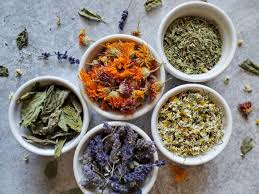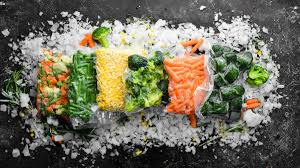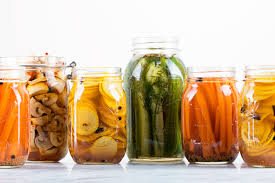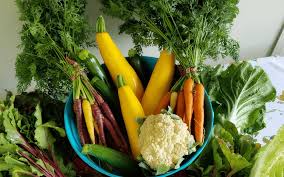Growing your own fruits and vegetables is an immensely rewarding experience, but it comes with its fair share of challenges. One of the most common hurdles gardeners face is dealing with gluts—those overwhelming surges of produce that arrive all at once, often faster than you can pick and use them. Whether it’s zucchini, pole beans, or a fruit tree laden with ripe fruits, these gluts are both a nuisance and a blessing. The key to managing this bounty is preservation, which ensures you can enjoy the fruits of your labor long after the growing season has passed.
Here are three tried-and-true methods for preserving your harvest and making the most of your gluts:
1. Drying Herbs and Produce
One of the simplest and most effective methods of preservation is drying. It’s a process that requires minimal equipment and is perfect for herbs and many fruits and vegetables.
- Herbs: To dry herbs, simply tie them in small bundles and hang them upside down in a warm, dry, and well-ventilated space. Cover them with paper bags to keep dust away. Once they’re dry and crisp, crush them into airtight jars, where they can be stored for months. This method allows you to enjoy the flavors of summer herbs well into winter.
- Fruits and Vegetables: If you have a dehydrator, you can dry slices of fruit and vegetables like tomatoes, peppers, and apples. Many people also use their ovens on low heat, propping the door open slightly to ensure proper airflow. Just keep in mind, this method can consume a lot of energy. Dehydrated produce can be stored for long periods and is perfect for adding to soups, stews, or snacks later on.

2. Freezing Your Homegrown Harvest
Freezing is another excellent way to preserve your produce for months. This method retains much of the flavor and nutritional value of your fruits and vegetables, allowing you to enjoy seasonal produce year-round.
- Blanching: Before freezing, blanch vegetables by briefly boiling them (usually 1-5 minutes depending on the type) and then plunging them into ice water to stop the cooking process. This helps maintain color, texture, and flavor. For example, peas need just one minute of blanching, while tougher vegetables like carrots require about four minutes.
- Freezing Techniques: After blanching, dry your vegetables and pack them into freezer-safe containers or bags in portion-sized batches. Don’t forget to label them with the date to help you track freshness. You can also freeze home-made sauces, soups, and even herbs (by chopping them and freezing them in ice cubes). Berries freeze well too—just spread them on a tray to freeze individually before transferring them into bags.

3. Making Pickles and Chutneys
Pickles and chutneys are fantastic ways to preserve gluts of vegetables and fruits, adding an extra layer of flavor to your meals.
- Pickles: These are made by preserving raw vegetables in vinegar and spices. They’re easy to prepare and can be stored in jars for several months. Classic choices for pickling include cucumbers, carrots, and onions.
- Chutneys: These cooked condiments are a wonderful option for using up excess produce like tomatoes, apples, or zucchini. To make chutney, chop your produce into small cubes, simmer it with sugar, vinegar, and spices, and cook it down into a thick, flavorful mixture. Store it in sterilized jars. Chutney develops richer flavors as it matures, so it’s ideal to make a batch in summer and save it for later use, particularly for gifting during the holidays.

For example, a zucchini chutney recipe might combine 900g of zucchini, a large onion, an apple, garlic, dark brown sugar, white wine vinegar, grated ginger, chopped chilies, mustard seeds, and salt. This mixture is simmered until thick and transferred to jars for storage. Ideally, chutneys should mature for at least four months before enjoying.
Bonus Tip: Other Preservation Methods
Beyond the basics of drying, freezing, and pickling, there are other creative ways to preserve your bounty. Consider making your own flavored oils, bottling produce in vinegar, or even crafting homemade fruit liqueurs. These options allow you to experiment with different flavors and add a personal touch to your preserved goods.
In conclusion, while gluts can feel overwhelming, they are also a wonderful opportunity to stretch the harvest and enjoy the fruits of your labor throughout the year. Whether drying herbs, freezing vegetables, or crafting homemade chutneys, these methods will help you make the most of your garden’s abundance. Have you tried any of these techniques, or do you have other favorite ways to preserve your produce? Feel free to share your thoughts and recipes!
